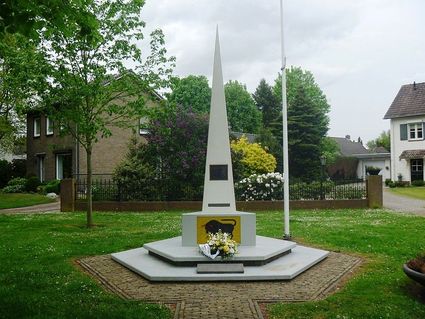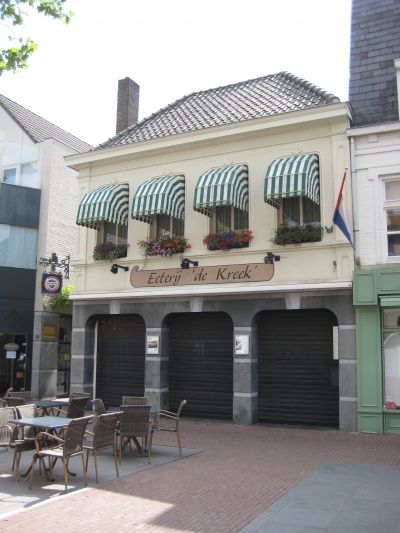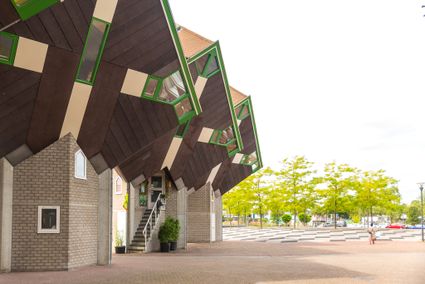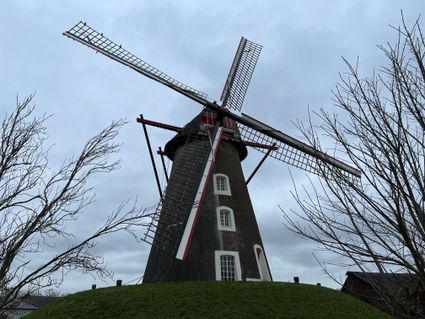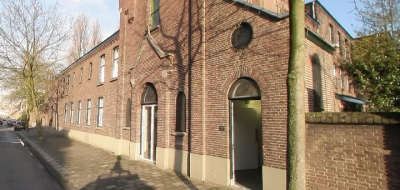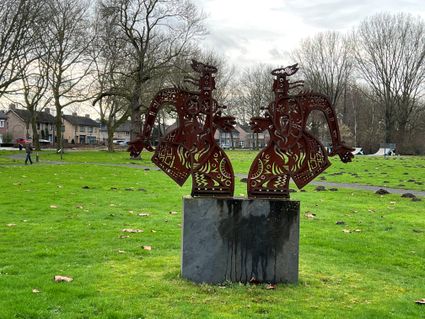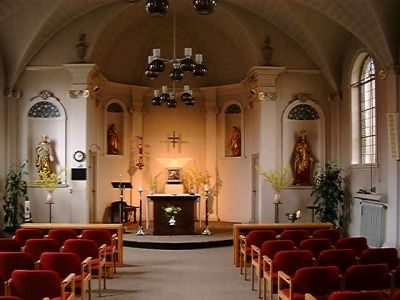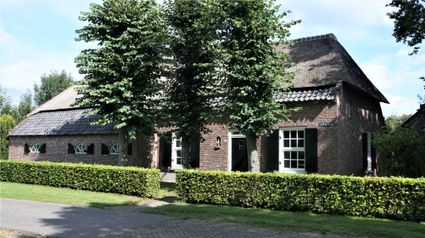Kouwenbergs Kerkje
During the Reformation (after 1648), both the parish church of Aarle and that of Rixtel were confiscated by the Protestants. The handful of Protestants who lived here were obviously unable to maintain these two churches in good condition. Over the years, the churches increasingly fell into disrepair. This led to the demolition of the Rixtel church in 1818. (Opposite the Kouwenberg church, on the Kouwenberg, you can still find a remnant of this church, as a relic).
The Aarlese church (on the Laarweg) remained in use by the Protestants for a longer time.
In 1798, in the so-called French era, freedom of re…
During the Reformation (after 1648), both the parish church of Aarle and that of Rixtel were confiscated by the Protestants. The handful of Protestants who lived here were obviously unable to maintain these two churches in good condition. Over the years, the churches increasingly fell into disrepair. This led to the demolition of the Rixtel church in 1818. (Opposite the Kouwenberg church, on the Kouwenberg, you can still find a remnant of this church, as a relic).
The Aarlese church (on the Laarweg) remained in use by the Protestants for a longer time.
In 1798, in the so-called French era, freedom of religion was introduced and Catholics were allowed to practice their religion openly again. After the French era this freedom was maintained and the Catholics were given the opportunity to take back their churches. However, the Aarlese Catholics preferred to build a new church. Thus the Protestants remained in possession of the former Maria church. It was considered to renovate the (former) Maria church, but this turned out to be too much of a problem. So it was decided - just like the Catholics - to build a new church on the Kouwenberg with the support of the Department of Waterways. In the meantime, the Maatschappij van Welstand -a Protestant organisation- had acquired a number of farms in Aarle-Rixtel, which were then leased to Protestant farmers. Because of this, the number of members of the Dutch Reformed congregation had increased quite a bit.
In 1847 a new octagonal church was built under the supervision of waterworks architect Arnoldus van Veggel. However, the construction of this church soon turned out to be in bad shape. In 1872 the façade collapsed, with the result that the church, with the exception of the consistory room, was demolished in 1873.
In 1874 a new nave was built, designed by Martin Dreesen. The pews from the octagonal church were adapted for the new church and also the 17th century pulpit, which like the pews came from the former Maria Church, was given a new place. The copper baptismal basin, made by Dilis Sluijers in 1760, also received a prominent place in the church.
In 1891, the sexton's house next to the church, with the beautiful name 'Villa Reposa', was built by Mr Frost, churchwarden and later builder of the current 'Chalet Lohengrin' on the Dorpsstraat.
The church, including its uniquely intact interior, was declared a national monument some years ago.
The sexton's house has since been designated a municipal monument, as has the beautiful oak tree in the garden of the church.
Owners
Due to the decline in the number of Protestant churchgoers, the church was sold to the municipality of Aarle-Rixtel by the Dutch Reformed community in 1976. In July 1989, the church was subsequently sold to the New Apostolic Church (NAK). Several years ago, the NAK ceased worshipping here, so that the church once again lost its liturgical function. Thanks to the purchase by the "Stichting Het Kouwenbergs Kerkje" in December 2008, this unique monument has been given a fitting new purpose.
Pulpit
The 17th century (Mechlin) pulpit is from the former parish church of Aarle, which had fallen into Protestant hands in 1648. The well-known pastor Stephanus Hanewinckel (known among other things from his travel reports 'Reize door de Majorij') preached from here during his stay in Aarle-Rixtel (1793-1798). At that time he lived in the present-day Huize Zonnetij on the Kerkstraat.
Organ
There is no real organ. The organ pipes are only suggestive, as they consist of half-round pipes. Nevertheless, the organ front looks very impressive. The lack of a 'real' organ is, however, compensated by the presence of a rare, beautiful 123-year-old harmonium. The harmonium was built in 1877 by P.J. Trayser & Comp. in Stuttgart and contains 7 rows of reeds. The maker of the reed organ is C. Kettner from Amsterdam and it is located in the choir behind the organ front.


